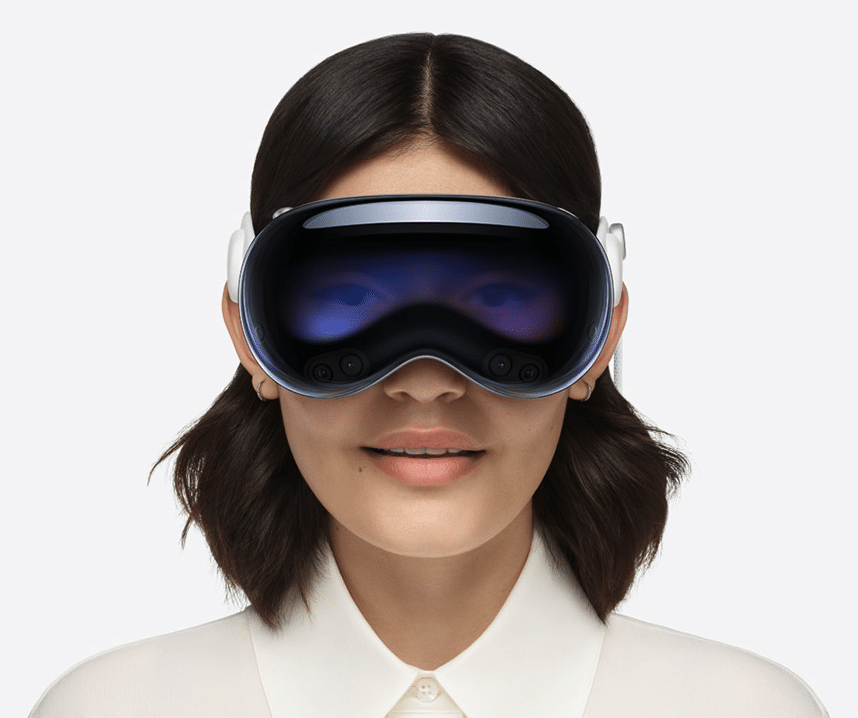
Apple Vision Pro: Expensive Toy or Groundbreaking Innovation?
Apple Vision Pro: The First Step in a New Era of VR Innovation?
VR isn't exactly new, but the impending launch of the Apple Vision Pro in Hong Kong does mark a significant milestone in the world of virtual reality technology reaching the mainstream. But at HKD $28,000 some skeptics may view the Vision Pro as merely an expensive toy, it's important to recognise that this is just the beginning of Apple's foray into the Virtual Reality (VR) and Augmented Reality (AR) space. They clearly have plans for it, what those are I think may largely be determined by what we (the paying public) decide it is useful for.
As a first-generation product, the Vision Pro lays the foundation for future innovations and opens up a world of possibilities for businesses and app developers alike. But does it have real commercial applications, will it know too much and become a privacy violation and can Apple's commitment to VR could lead to breakthroughs where others, like the Microsoft HoloLens, have struggled?
Pushing the Boundaries of Design and Engineering
One of the key areas where the Apple Vision Pro shows real promise is in the realm of design and engineering. By providing an immersive VR environment, the headset allows designers and engineers to interact with their creations in a more intuitive and hands-on manner. This first-generation product may just be scratching the surface of what's possible, but it already offers a glimpse into the future of design workflows. Early reviews have been largely impressive by all accounts and it seems to be a one of its kind in terms of immersive experience. But can that justify the price?
As Apple continues to refine the technology behind the Vision Pro, we can expect to see even more advanced features and capabilities in future iterations. This could include higher-resolution displays, more precise hand tracking, and improved haptic feedback, all of which would enhance the user experience and unlock new possibilities for professionals in fields such as architecture, product design, and automotive engineering.
Revolutionising Training and Skill Development
Another area where the Apple Vision Pro has the potential to make a significant impact is in training and skill development. By creating realistic virtual simulations, businesses can provide their employees with immersive, hands-on training experiences that closely mimic real-world scenarios. While the first-generation Vision Pro may have limitations, it sets the stage for future developments that could transform the way we approach learning and skill acquisition.
As the technology evolves and becomes more accessible, we can expect to see a surge in VR-based training applications across various industries. From manufacturing and healthcare to aviation and beyond, the Vision Pro could pave the way for more effective, engaging, and safe training methods. The creativity of app developers will play a crucial role in exploring new use cases and pushing the boundaries of what's possible with VR-based learning.
Fostering a New Wave of VR and AR Innovation
Perhaps one of the most exciting aspects of the Apple Vision Pro is the potential it holds for sparking a new wave of VR innovation. By entering the market with a high-profile, first-generation product, Apple is sending a clear signal that it believes in the future of VR technology. This vote of confidence could encourage more developers, entrepreneurs, and businesses to invest in VR and explore its potential applications.
As the Vision Pro gains traction and inspires a growing ecosystem of VR apps and services, we may see a surge in creativity and innovation that could lead to breakthroughs in areas where previous attempts, like the Microsoft HoloLens, have struggled. The combination of Apple's brand power, the ingenuity of app developers, and the increasing sophistication of VR technology could create a perfect storm for widespread adoption and transformation across industries.
The Apple Vision Pro, even as a first-generation product, is an exciting step forward in the world of VR technology. While its initial commercial applications may be limited, the potential for future growth and innovation is immense. As Apple continues to refine the Vision Pro and app developers explore new use cases, we can expect to see this technology transform the way we approach design, engineering, training, and beyond. The launch of the Vision Pro in Hong Kong is just the beginning of a new era in VR, and businesses that embrace this technology early on may find themselves at the forefront of a revolution in the making or perhaps just carrying a fun but expensive new toy.